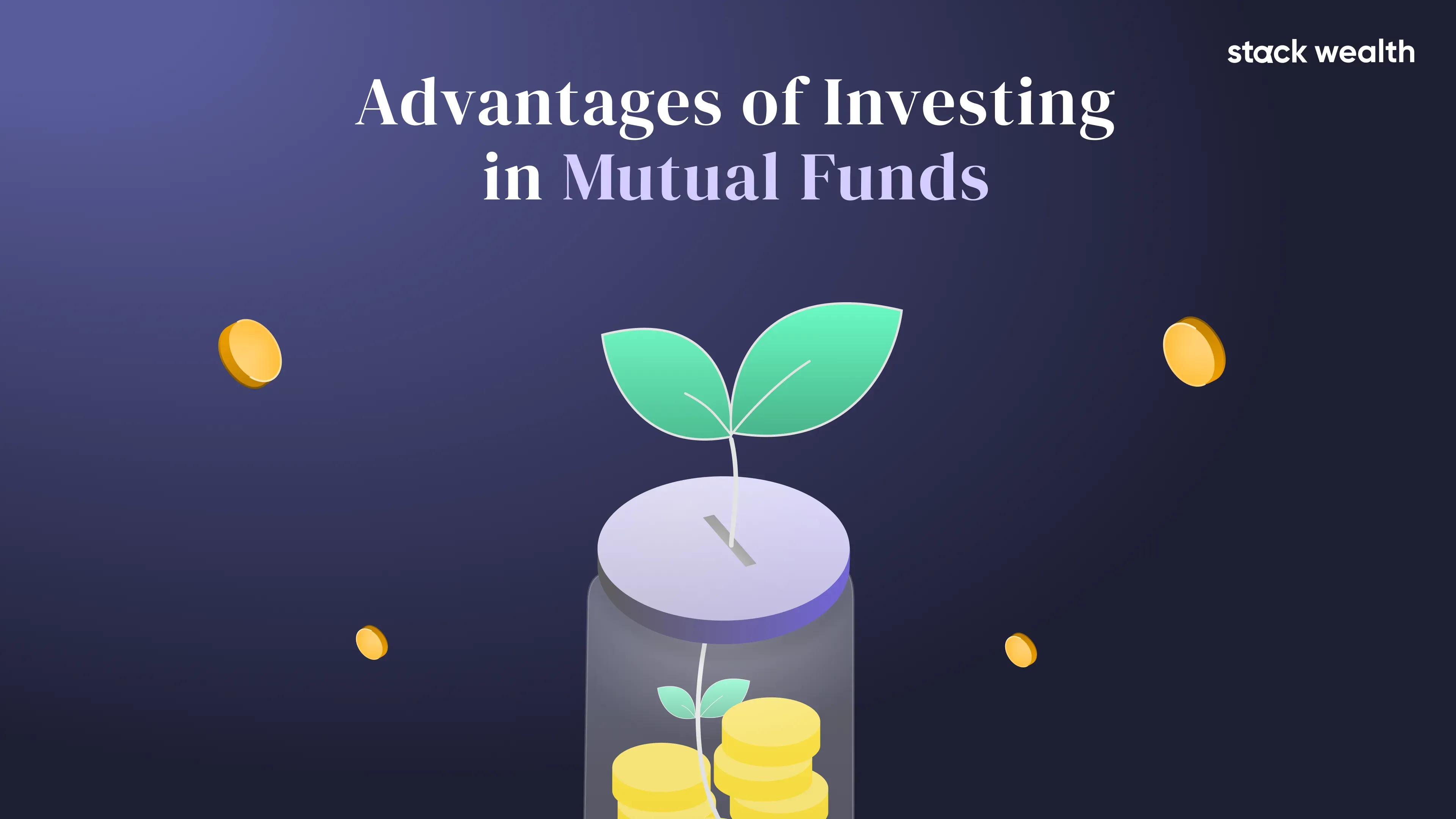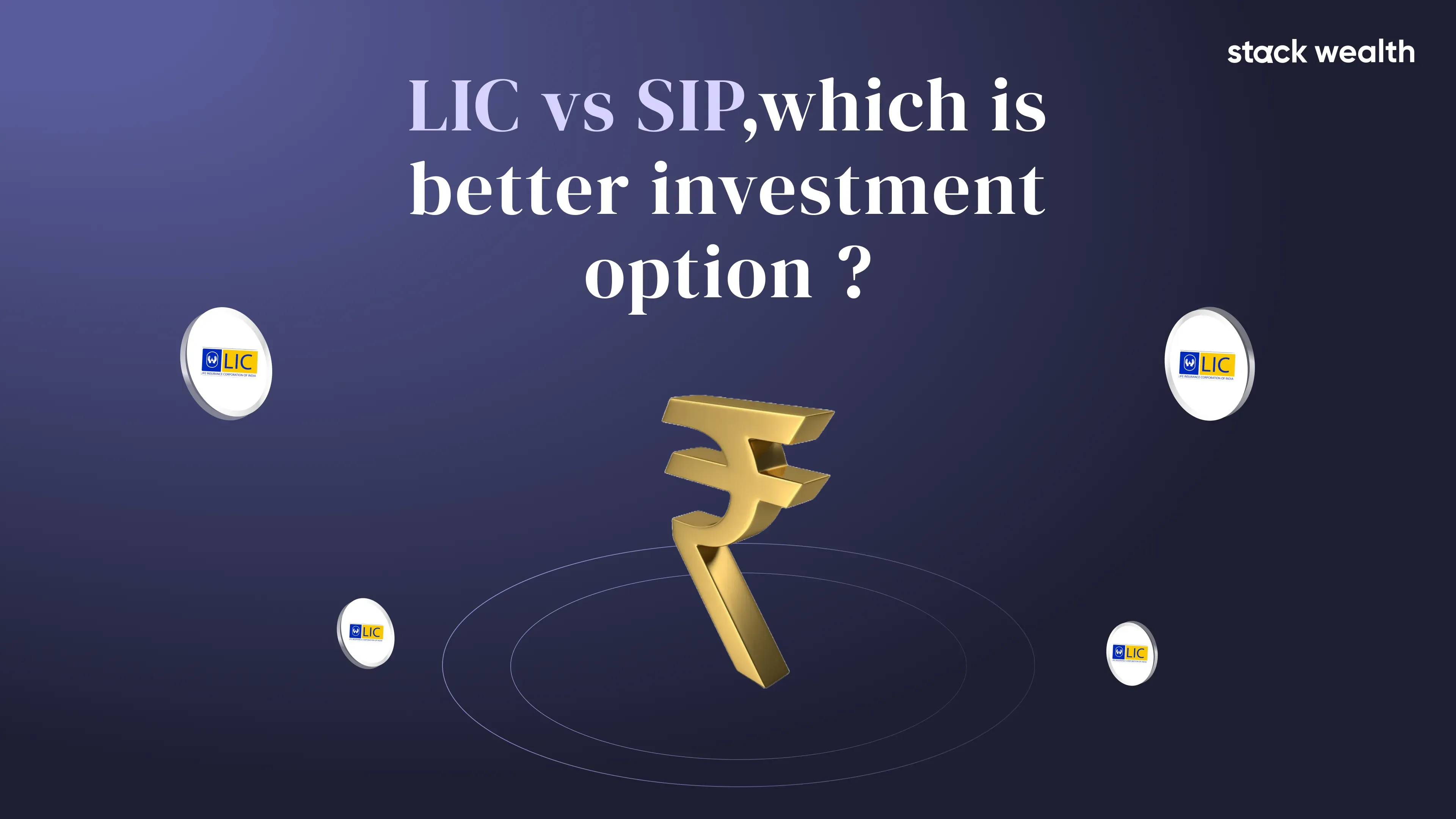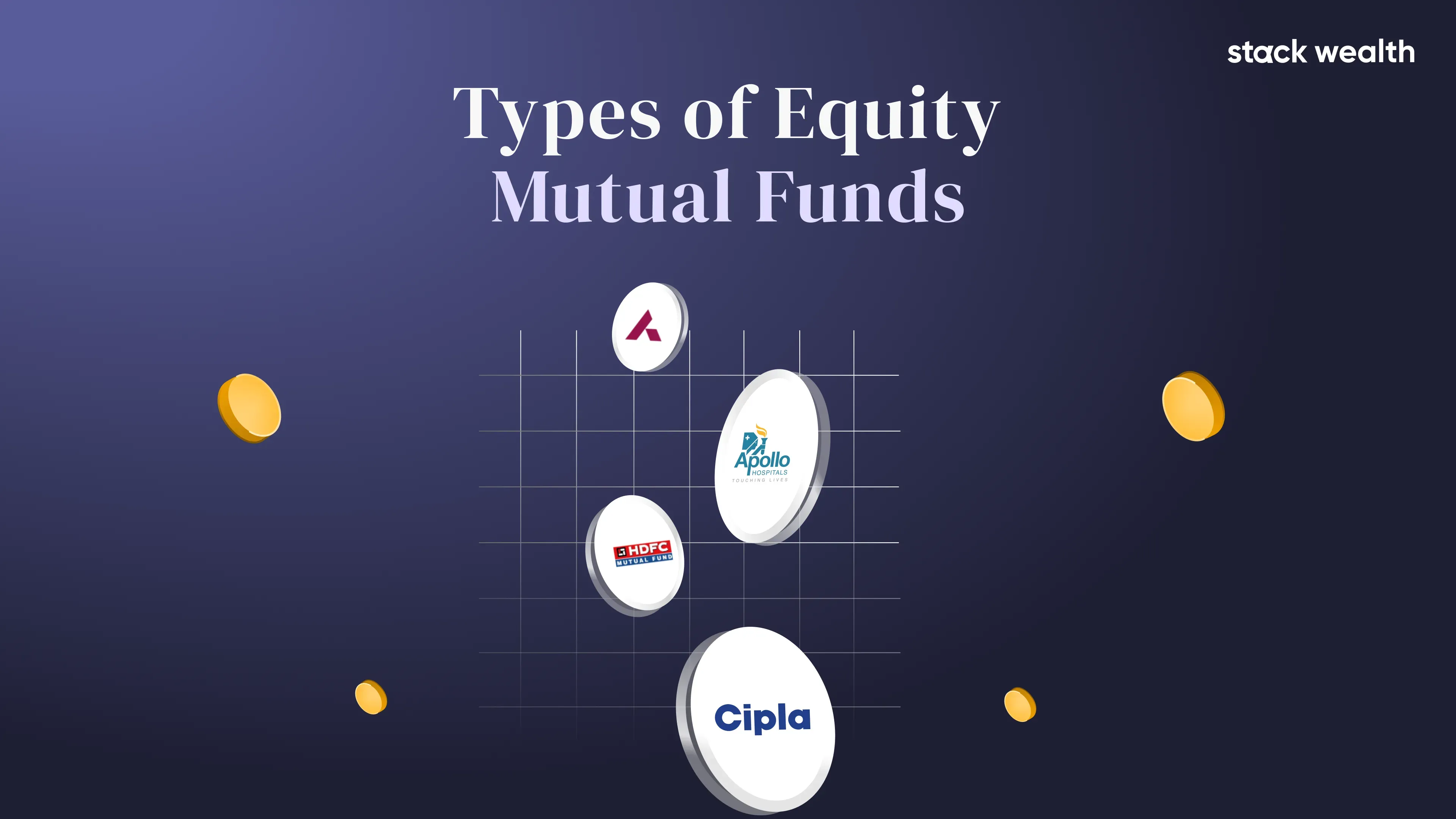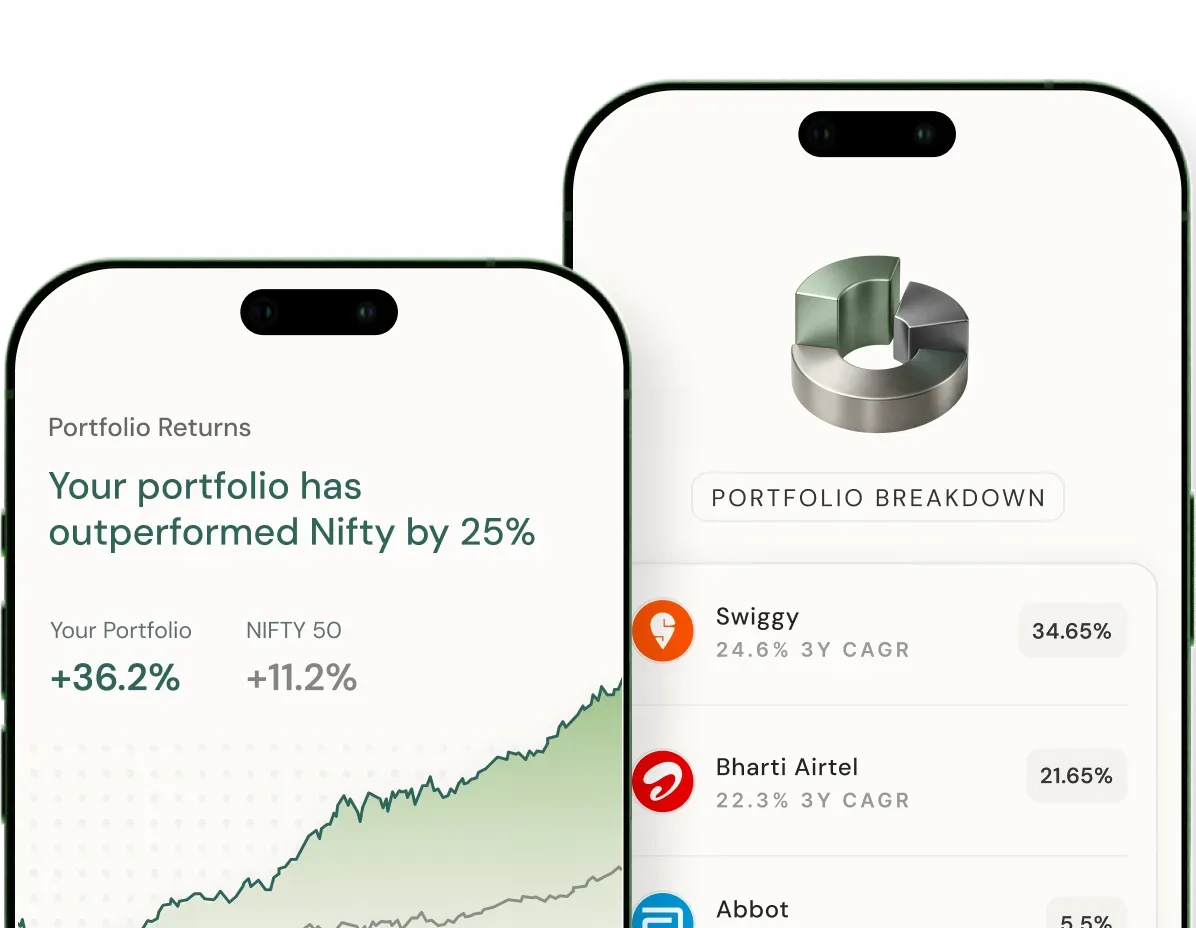Best Large and Mid Cap Funds
Large and mid-cap funds are equity mutual funds that invest in a balanced portfolio of large and mid-cap companies. These funds aim to provide stability and growth by combining the strengths of established, stable companies with the high-growth potential of mid-sized firms. As per SEBI regulations, these funds must invest at least 35% of their assets in large-cap stocks and 35% in mid-cap stocks, offering a diversified approach to investors looking for security and long-term capital appreciation.
What are Large and Mid Cap Funds?
Large and Mid Cap Funds invest in a mix of large-cap companies (the top 100 listed companies by market capitalisation) and mid-cap companies (ranked 101st to 250th by market capitalisation). Large-cap companies provide stability and consistent returns, while mid-cap companies offer higher growth potential. This combination allows investors to benefit from stability and growth, making these funds an attractive option for long-term wealth creation.
Features of Large and Mid Cap Funds
- Invests in both large and mid-cap companies, offering a balanced risk-reward ratio.
- SEBI mandates at least 35% allocation in both large-cap and mid-cap stocks.
- While large caps provide stability, mid caps offer higher growth potential.
- Medium to high-risk, suitable for investors with a moderate to high-risk appetite.
- Ideal for long-term investments (5-7 years or more).
List of Top Large and Mid Cap Schemes
Here’s a list of some of the top-performing Large and Mid Cap mutual fund schemes in India based on their past performance and consistent returns:
Advantages of Investing in Large and Mid Cap Funds
- Diversification: Reduces the risk by investing in a diversified portfolio across large and mid-sized companies.
- Balanced Risk-Return Profile: Combines the stability of large-cap stocks with the growth potential of mid-cap stocks.
- Long-term Growth: Suitable for wealth creation over a longer investment horizon.
- Capital Appreciation: Mid-cap stocks can outperform during market rallies, boosting returns.
- Consistent Returns: Large-cap stocks help cushion the portfolio during market volatility.
Who Should Consider Investing in Large and Mid Cap Funds?
- Moderate to High Risk Investors: Investors with a moderate to high-risk appetite seek a balance of stability and growth.
- Long-term Investors: This is ideal for those with a long-term financial goal (5 years or more), such as retirement planning or children's education.
- Diversified Portfolio Seekers: Investors who want exposure to established companies and high-growth potential stocks in a single fund.
- Experienced Investors: Suitable for those familiar with market fluctuations and able to withstand short-term volatility.
What are the Steps to Invest in Large and Mid Cap Funds?
- Choose a Fund: Based on the risk profile, financial goals, and fund performance, select a large or mid-cap fund.
- Complete KYC: Ensure you have completed your KYC (Know Your Customer) process.
- Select Investment Mode: Decide whether to invest via SIP (Systematic Investment Plan) or lump sum.
- Submit Application: There are two ways that you can go for to submit your application either through an online mutual fund platform, directly through the AMC, or via your financial advisor.
- Monitor Performance: Regularly track the performance of your investment to ensure it aligns with your goals.
Taxation on Large and Mid Cap Funds
- Short-Term Capital Gains (STCG): If redeemed within 1 year, gains are taxed at 20%.
- Long-Term Capital Gains (LTCG): Gains above ₹1 lakh in a financial year are taxed at 12.5% without the benefit of indexation if held for more than 1 year.
Risks of Investing in Large and Mid Cap Funds
- Market Risk: Both large and mid-cap stocks are subject to market risks and volatility.
- Mid-cap Volatility: Mid-cap stocks are more volatile and could experience sharp fluctuations during market downturns.
- Sector Concentration: Some funds may have high exposure to certain sectors, which could impact performance if those sectors underperform.
- Liquidity Risk: Mid-cap stocks may be less liquid than large-cap stocks, leading to potential liquidity issues during extreme market conditions.
Factors to Consider Before Investing in Large and Mid Cap Funds
Below are the factors that one should consider before investing in large and mid cap funds:
- Market Conditions: Large-cap stocks stabilise during downturns, while mid-cap stocks may experience more volatility.
- Fund Performance: Analyse the fund's historical performance across different market cycles.
- Expense Ratio: Consider the cost of managing the fund, which can impact returns in the long run.
- Investment Horizon: These funds are ideal for long-term goals, so ensure you are ready for at least a 5-7 year investment period.
- Risk Tolerance: Understand the level of risk involved and assess if it aligns with your risk appetite.
Large and mid-cap funds are excellent choices for investors looking for a balanced approach to wealth creation. By offering a blend of stability through large-cap stocks and growth through mid-cap stocks, these funds provide an attractive option for long-term investors with a moderate to high-risk appetite. However, before investing, assessing your financial goals, risk tolerance, and market conditions is essential. You can achieve a diversified portfolio and long-term capital growth by making informed decisions and choosing the correct fund.
















